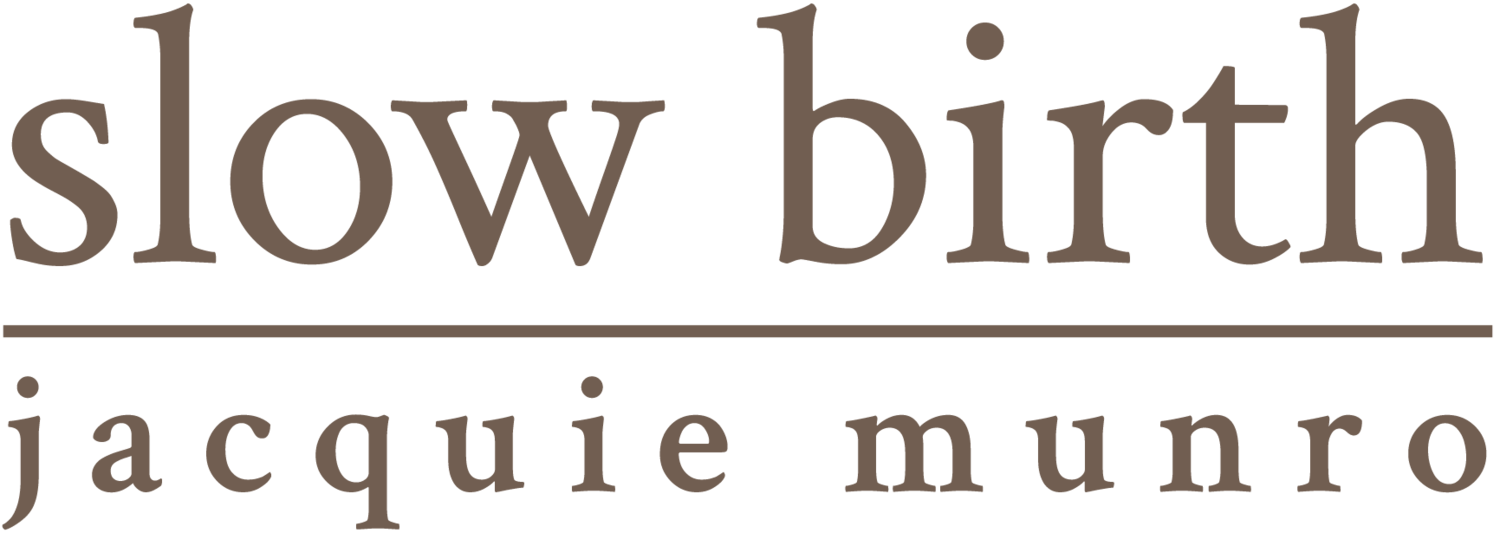Today, the report "Listening to Mothers III: Pregnancy and Birth" was released. I saw that the data suggested that the highest percentage of cesareans came from the induction group. Their chart is below:
Read moreSlow Rainbow
I've been on a journey of slowness during the past few months. Reflection, recovery, rebirth. Every free moment has been filled with cycling, running, long walks. I needed to be incredibly fit to face the births this winter. I was fit and well, but I just couldn't write.
I needed to be totally private this winter, in order to grieve for my dad, help my mum, support my family, and have the strength to help other families walk through their searing life struggles or challenging pregnancies and labours.
Read moreBirthing from Above
From the desk of Jacquie's daughter
Growing up surrounded by my mum's work in childbirth, I had a slightly different introduction to the subject of reproduction than most children. Instead of reading "Where Did I Come From?" I looked through a plethora of illustrated Sheila Kitzinger and midwifery texts. I thought it was fascinating that the egg that was fertilized to make me was in my mum's ovaries when she was born, and was thus formed inside my grandmother! Wild. When she taught prenatal classes, I would come along and play with the infant-sized dolls in her teaching materials, using the plastic pelvis as a cradle. Then, as she began to do more labour support, I would act as her secretary and run into the kitchen to intercept calls before anyone else, often to hear a flustered dad drop the phone, with his wife moaning in the background -- "Mum, it's for you."
Read more“There’s snow! That means it’s winter, so the baby must be coming!”
...to paraphrase an excited older sibling (age 4) this morning...
Her logic worked so well. Mummy and daddy have said for 9 months that the baby will come in the winter. It snows in the winter. Today it is snowing. Therefore, the baby must be coming today.
And the baby came. We drove through snowy streets to the hospital. What joy to find that my client, on arrival, had already surpassed her last labour’s final dilation! What a triumph for her to labour without intervention or medications (other than nitrous oxide gas - which doesn’t count, right?) and birth a glorious 9lb 1oz baby girl after only an hour of pushing.
This VBAC (vaginal birth after cesarean) was the talk of the hospital today. Congratulations!
Spring 2009 - "Mommy, What did you do in the industrial revolution?"
Mommy, what did you do in the industrial revolution? Meditations on the rising cesarean rate.
Plante, L.A. Mommy, What Did You Do in the Industrial Revolution? Meditations on the Rising Cesarean Rate. The International Journal of Feminist Approaches to Bioethics. Spring 2009;2(1):140-147.
Lauren A. Plante, MD, MPH, FACOG
Department of Obstetrics & Gynecology
Thomas Jefferson University
Philadelphia PA
Email: Lauren@LaurenPlante.net
Read moreThe cesarean rate in the US has been rising for decades, and in 2006 hit an all-time high of 31% (Hamilton, 2007.) This record is likely to stand for only a brief time, that is, until figures are released for 2007. Can it really be that one-third of women are unable to birth without high-level technological support? And is there an endpoint in sight? “In the next decade or so the industrial revolution in obstetrics could make Cesarean delivery consistently safer than the birth process that evolution gave us.” (Gawande, 2006, 8) Against such an argument, who could hope to stand?

